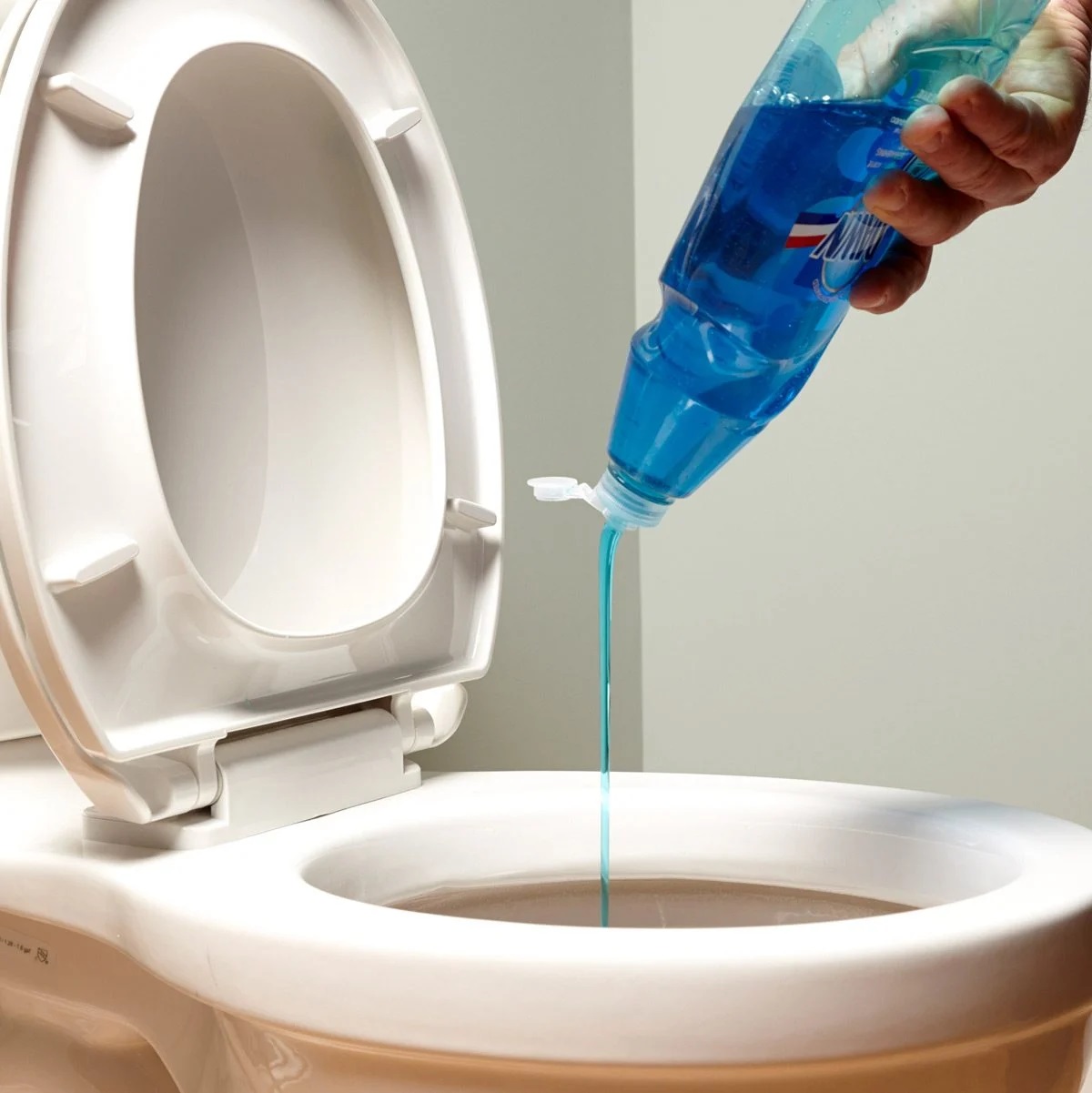

Articles
What Can I Use To Unclog A Toilet
Modified: October 20, 2024
Looking for articles on what to use to unclog a toilet? Our informative guides and tips will help you find the best solutions to get your toilet flowing properly again.
(Many of the links in this article redirect to a specific reviewed product. Your purchase of these products through affiliate links helps to generate commission for Storables.com, at no extra cost. Learn more)
Introduction
A clogged toilet is a common household problem that can cause frustration and inconvenience. Whether it’s due to excess toilet paper or foreign objects getting flushed down, a clog can disrupt your daily routine and require immediate attention. Thankfully, there are several effective methods that you can use to unclog a toilet and restore its functionality.
In this article, we will discuss some of the most popular and effective methods for unclogging a toilet. From basic techniques using a plunger to more advanced options like using a toilet auger or enzymatic cleaners, we will explore a range of solutions to help you tackle even the toughest toilet clogs.
It’s important to note that different methods may work better for different types of clogs, so it may be necessary to try a few different approaches to completely resolve the issue. Additionally, if you’re uncomfortable or unsure about how to proceed, it’s always a good idea to call a professional plumber for assistance.
Without further ado, let’s dive into the various methods that you can use to unclog a toilet and get everything flowing smoothly again!
Key Takeaways:
- Don’t let a clogged toilet ruin your day! From plungers to enzyme-based cleaners, there are numerous DIY methods to unclog your toilet. But if all else fails, don’t hesitate to call a professional plumber for expert help.
- Prevention is key! Avoid flushing large objects or excessive toilet paper, and regularly maintain your toilet to prevent future clogs. With the right knowledge and caution, you can confidently tackle any toilet clog that comes your way.
Read more: What Can I Use For Insulation
Plunger
A plunger is a tried and true tool for unclogging a toilet. It works by creating suction and pressure to dislodge the clog and restore normal water flow. Here’s how you can use a plunger effectively:
- Start by positioning the plunger over the toilet drain, making sure it covers the entire opening.
- Press the plunger down gently to create a seal, and then give it a few forceful pushes up and down. The goal is to create suction and pressure to dislodge the clog.
- After a few plunges, pull the plunger up quickly to break the seal and allow water to rush into the drain. This can help flush out any loosened debris.
- Repeat the process several times if necessary, being sure to maintain a good seal between the plunger and the drain.
- Once the water starts to flow freely, flush the toilet to ensure that the clog has been completely cleared.
If the plunger method does not work initially, you may need to give it a few more attempts or try a different technique. It’s also important to use the right type of plunger for the job. A toilet plunger, also known as a flange plunger, has a rubber flap that fits into the curved toilet drain, creating a better seal and maximizing the effectiveness of the plunging action.
Remember, it’s essential to be cautious when using a plunger to avoid any splashing or mess. It’s a good idea to wear rubber gloves and have a towel or mop nearby to clean up any spills. If the clog persists despite your efforts, it may be time to explore other options.
Toilet Auger
If the plunger method fails to unclog your toilet, a toilet auger, also known as a plumbing snake, can be a useful tool to try. A toilet auger is a long, flexible cable with a corkscrew-like tip that you can insert into the toilet drain to break up and remove the clog.
Here’s how you can use a toilet auger:
- Put on rubber gloves and carefully insert the auger cable into the toilet bowl, making sure the corkscrew tip is facing down.
- Gently push the cable into the drain, slowly turning the handle clockwise. The auger will begin to navigate through the pipe, breaking up the clog as it goes.
- Continue feeding the cable into the drain until you feel resistance or the auger reaches the clog. Use the handle to rotate the auger back and forth, applying moderate pressure to dislodge the blockage.
- Once you’ve broken up the clog, slowly retract the cable while continuing to rotate the handle. This action helps to remove any debris or material that may have been dislodged.
- Finally, flush the toilet to check if the clog has been successfully cleared. If needed, repeat the process a few times until the water flows freely.
It’s important to follow the manufacturer’s instructions when using a toilet auger and exercise caution to avoid damaging the toilet or plumbing. If you’re unsure about using a toilet auger, or if the clog persists, it’s recommended to consult a professional plumber for assistance.
In some cases, a toilet auger may not be long enough to reach the blockage, especially if it’s located deeper within the pipes. In such situations, it’s best to seek professional help to prevent any further damage to the plumbing system.
Boiling Water
Another simple yet effective method for unclogging a toilet is using boiling water. This method works best for clogs caused by a buildup of organic material like toilet paper. Here’s how you can utilize boiling water:
- Start by heating a pot or kettle of water until it reaches a rolling boil.
- While the water is boiling, remove as much water from the toilet bowl as possible using a cup or bucket.
- Carefully pour the boiling water into the toilet bowl from a height of about waist level. Be cautious not to splash or spill the boiling water.
- Allow the hot water to sit in the bowl for a few minutes, allowing it to break down the clog and soften any blockage.
- After the water has had time to work, flush the toilet to check if the clog has been cleared. If needed, you can repeat the process one or two more times.
It’s important to note that boiling water should not be used if the toilet bowl is made of plastic or porcelain that is prone to cracking due to extreme temperature changes. Additionally, this method may not be effective for more solid or stubborn clogs.
If boiling water fails to clear the clog or if you are unsure about using this method, it’s best to explore other options or seek professional assistance to avoid any potential damage to the toilet or plumbing system.
Dish Soap and Hot Water
If you’re looking for a household remedy to unclog your toilet, using dish soap and hot water can be surprisingly effective. The combination of dish soap’s lubricating properties and hot water’s flushing power can help break up and remove stubborn clogs. Here’s how you can use this method:
- Squirt a generous amount of liquid dish soap into the toilet bowl. Aim to cover the entire surface area of the water.
- Allow the dish soap to sit in the bowl for a few minutes. This will help to lubricate the clog and make it easier to dislodge.
- While the soap is working, heat a pot or kettle of water until it is hot but not boiling.
- Carefully pour the hot water into the toilet bowl from waist height. Be cautious not to splash or spill the hot water.
- Allow the mixture of dish soap and hot water to sit in the bowl for several minutes, giving it time to break down the clog.
- After the soap and hot water have had time to work, flush the toilet to check if the clog has been cleared. Repeat the process if necessary.
This method is particularly effective for clogs caused by a mixture of toilet paper and organic waste. The dish soap helps to break down the materials, while the hot water provides extra force to flush them away.
If the clog persists or if you’re unsure about using this method, it’s advisable to explore other options or seek the assistance of a professional plumber.
Read more: How To Use Drano In Toilet
Baking Soda and Vinegar
Another popular and environmentally friendly method for unclogging a toilet is using a combination of baking soda and vinegar. The chemical reaction between these two common household ingredients can help break down and dissolve the clog. Here’s how you can use baking soda and vinegar:
- Start by pouring about 1 cup of baking soda into the toilet bowl. Aim to distribute it evenly around the bowl.
- Next, pour about 1 cup of vinegar into the toilet bowl, aiming to cover the baking soda completely.
- As the baking soda and vinegar react, you may hear some fizzing or bubbling. This is the chemical reaction that helps break down the clog.
- Allow the mixture to sit in the bowl for about 30 minutes to an hour. This will give it enough time to work on the clog and break it down.
- After the allotted time, flush the toilet to check if the clog has been cleared. If necessary, you can repeat the process one or two more times.
It’s important to note that while baking soda and vinegar can be effective for minor clogs, they may not be as effective for larger or more stubborn blockages. Additionally, this method may be less effective for clogs caused by foreign objects or solid materials.
If the clog persists or if you’re unsure about using this method, it’s best to explore other options or seek professional assistance to avoid any potential damage to the toilet or plumbing.
Use a plunger to unclog a toilet. Place the rubber end over the drain and push down and pull up rapidly to create suction. Repeat as needed.
Enzyme-based Cleaner
An enzyme-based cleaner is a more specialized option for unclogging a toilet, particularly for organic clogs like hair, paper, or waste buildup. Enzymes are natural substances that help break down organic matter, making them effective for stubborn clogs. Here’s how you can use an enzyme-based cleaner:
- Start by selecting an enzyme-based cleaner specifically designed for unclogging toilets. These cleaners are readily available at most hardware stores or supermarkets.
- Follow the instructions on the cleaner’s packaging to determine the appropriate amount to use.
- Pour the recommended amount of the cleaner into the toilet bowl and allow it to sit for the specified duration mentioned on the packaging. This will allow the enzymes to break down the organic matter causing the clog.
- After the designated time has passed, flush the toilet to check if the clog has been cleared. Repeat the process if necessary.
Enzyme-based cleaners are not only effective in unclogging toilets but are also environmentally friendly since they utilize natural ingredients. They do not contain harsh chemicals that can potentially damage the plumbing system or harm the environment.
If the clog persists or for more severe blockages, it’s advisable to seek professional assistance. A professional plumber can inspect the situation and provide the best course of action for resolving the clog safely and effectively.
Wire Hanger
If you’re in a bind and don’t have any specialized tools on hand, a wire hanger can serve as a makeshift solution for unclogging a toilet. The flexibility and reach of the wire can help dislodge blockages that are within reach. Here’s how you can use a wire hanger:
- Take a regular wire hanger and straighten it out as much as possible, leaving the hook intact.
- If necessary, put on rubber gloves to protect your hands during the process.
- Carefully insert the straightened end of the hanger into the toilet bowl, aiming to reach the clog.
- Gently push and maneuver the wire hanger in a back-and-forth motion, trying to break up and dislodge the material causing the clog.
- Be cautious not to exert excessive force or push the clog further down the drain.
- Once you’ve worked on the clog and feel it’s loosened, flush the toilet to check if the clog has been cleared. Repeat the process as needed.
While a wire hanger can be effective for minor clogs that are within reach, it may not be sufficient for more significant blockages or clogs that are deeper within the pipes. It’s essential to exercise caution and avoid damaging the toilet or plumbing system.
If the wire hanger method doesn’t work or if you’re unsure about attempting it, it’s recommended to explore other options or contact a professional plumber for assistance.
Wet/Dry Vacuum
Using a wet/dry vacuum is a more powerful and effective method to unclog a toilet, especially for more challenging clogs or when other methods have failed. The suction power of the vacuum can help remove the blockage with ease. Here’s how you can use a wet/dry vacuum:
- Start by placing the hose attachment specifically designed for wet/dry vacuuming into the toilet bowl, making sure it forms a tight seal.
- Ensure that the vacuum is set to the appropriate mode for wet vacuuming.
- Turn on the vacuum and allow it to create a strong suction.
- While the vacuum is running, maneuver the hose in the toilet bowl, focusing on the area of the clog.
- The vacuum’s suction should help to dislodge and remove the blockage from the toilet drain.
- Once you’ve cleared the clog, flush the toilet to ensure that the water flows freely.
It’s important to note that using a wet/dry vacuum for unclogging a toilet requires proper caution. Ensure you follow the manufacturer’s instructions and avoid any potential damage to the toilet or plumbing system.
If you do not have access to a wet/dry vacuum or if the problem persists, it’s advisable to seek the help of a professional plumber. They have the expertise and specialized equipment to handle even the toughest clogs with minimal risk.
Read more: Toilet Snake How To Use
Call a Professional Plumber if All Else Fails
If you’ve tried various methods to unclog your toilet and none of them have been successful, it may be time to call a professional plumber. A professional plumber has the knowledge, experience, and specialized tools to handle even the most challenging clogs. Here are a few reasons why calling a professional plumber is the right decision:
- Expertise: Plumbers are trained professionals who understand the intricacies of plumbing systems. They can accurately diagnose the problem and provide the most appropriate solution.
- Specialized Tools: Plumbers have access to specialized tools and equipment that can effectively tackle stubborn clogs. They have the knowledge and experience to use these tools safely and efficiently.
- Prevent Further Damage: Attempting to unclog a toilet without the necessary expertise can potentially cause more harm than good. Calling a professional plumber helps minimize the risk of damaging the toilet or the plumbing system.
- Time and Convenience: Hiring a professional plumber can save you time and effort. They can quickly assess the situation, provide a solution, and resolve the issue in a timely manner, allowing you to get back to your daily routine.
- Long-Term Solutions: A professional plumber can not only unclog your toilet but also identify any underlying issues that may be causing recurring clogs. They can provide long-term solutions to prevent future clogs and ensure the proper functioning of your plumbing system.
When selecting a professional plumber, make sure to choose a reputable and licensed individual or company. You can ask for recommendations from friends or family, read online reviews, or contact local plumbing associations for referrals.
Remember, it’s always better to seek professional help rather than risking further damage or frustration when attempting to unclog a stubborn toilet.
Conclusion
Dealing with a clogged toilet can be a frustrating and inconvenient experience. However, there are several effective methods that you can use to unclog your toilet and restore its functionality. From common household tools like plungers and wire hangers to more specialized options like toilet augers and wet/dry vacuums, there are solutions for various types of clogs.
Starting with basic methods like plunging and using boiling water, you can attempt to clear minor clogs. If those methods don’t work, you can try using more advanced techniques such as using a toilet auger or an enzyme-based cleaner. Additionally, household items like dish soap and baking soda can be surprisingly effective at breaking down and clearing clogs.
It’s essential to approach the unclogging process with caution and follow the instructions carefully. Wear protective gloves if necessary and be mindful of not causing any damage to the toilet or plumbing system. If all else fails, do not hesitate to call a professional plumber. They have the expertise, specialized tools, and knowledge to handle even the most stubborn clogs.
Remember that prevention is key to avoiding future clogs. Avoid flushing large objects or excessive amounts of toilet paper down the toilet. Regularly maintain your toilet by cleaning it and using proper flushing techniques.
By following the methods discussed in this article, you can increase your chances of successfully unclogging your toilet and restoring it to its normal functioning. However, if you feel unsure or uncomfortable about any of the methods, it’s always best to seek professional assistance. A professional plumber can ensure the safe and effective resolution of the clog, providing you with peace of mind.
Now armed with the knowledge of various unclogging techniques, you can confidently tackle any toilet clog that comes your way!
Frequently Asked Questions about What Can I Use To Unclog A Toilet
Was this page helpful?
At Storables.com, we guarantee accurate and reliable information. Our content, validated by Expert Board Contributors, is crafted following stringent Editorial Policies. We're committed to providing you with well-researched, expert-backed insights for all your informational needs.
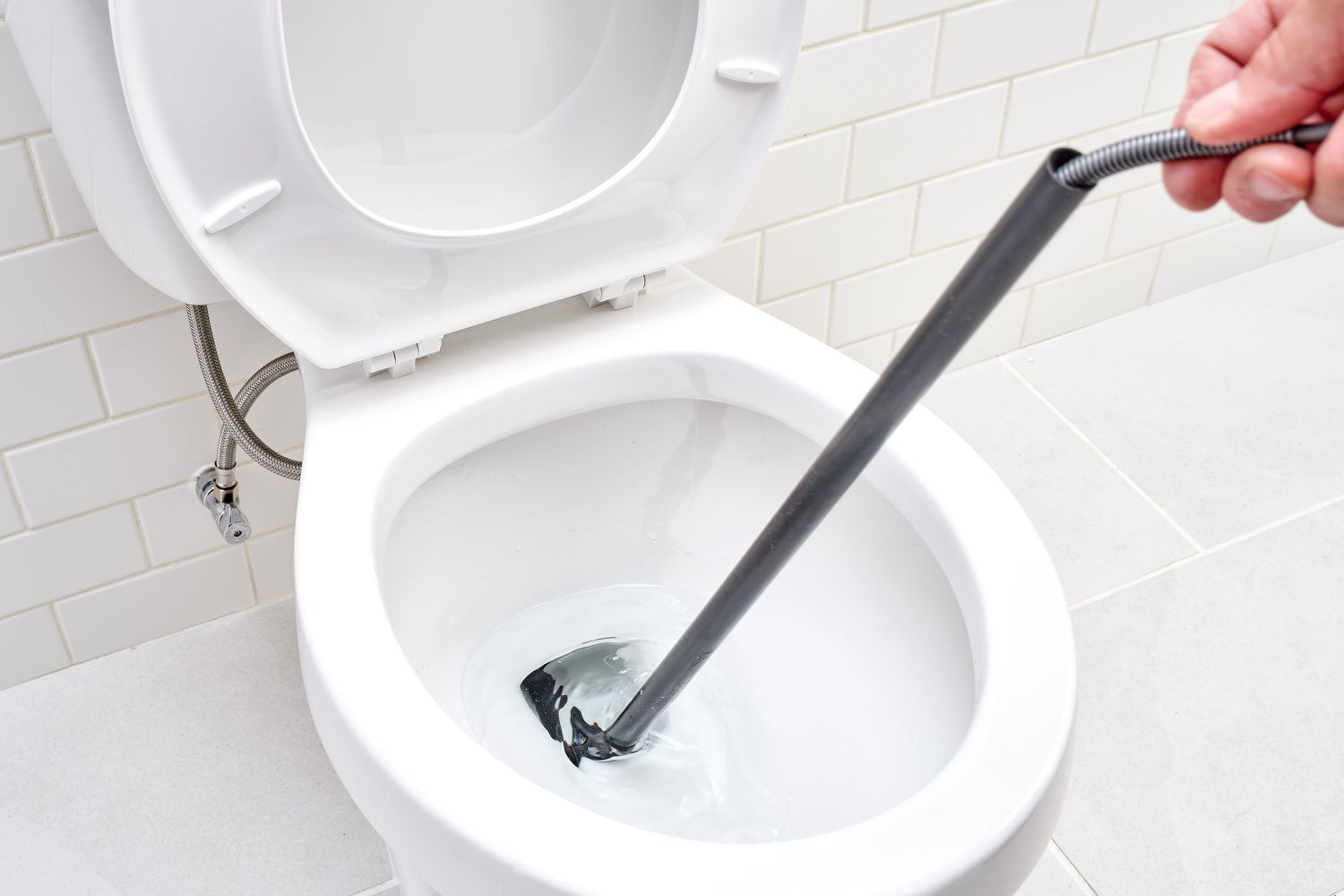
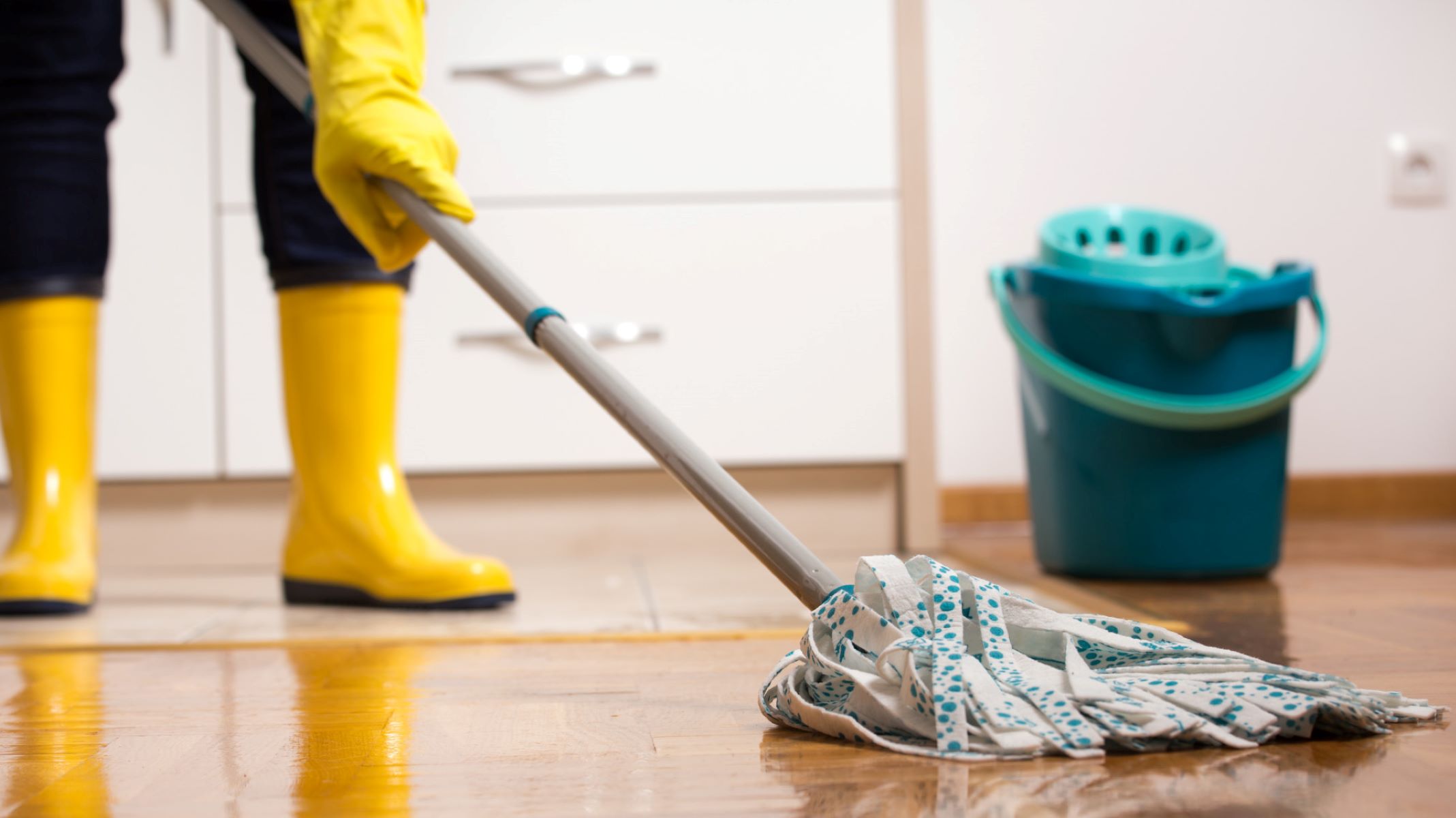
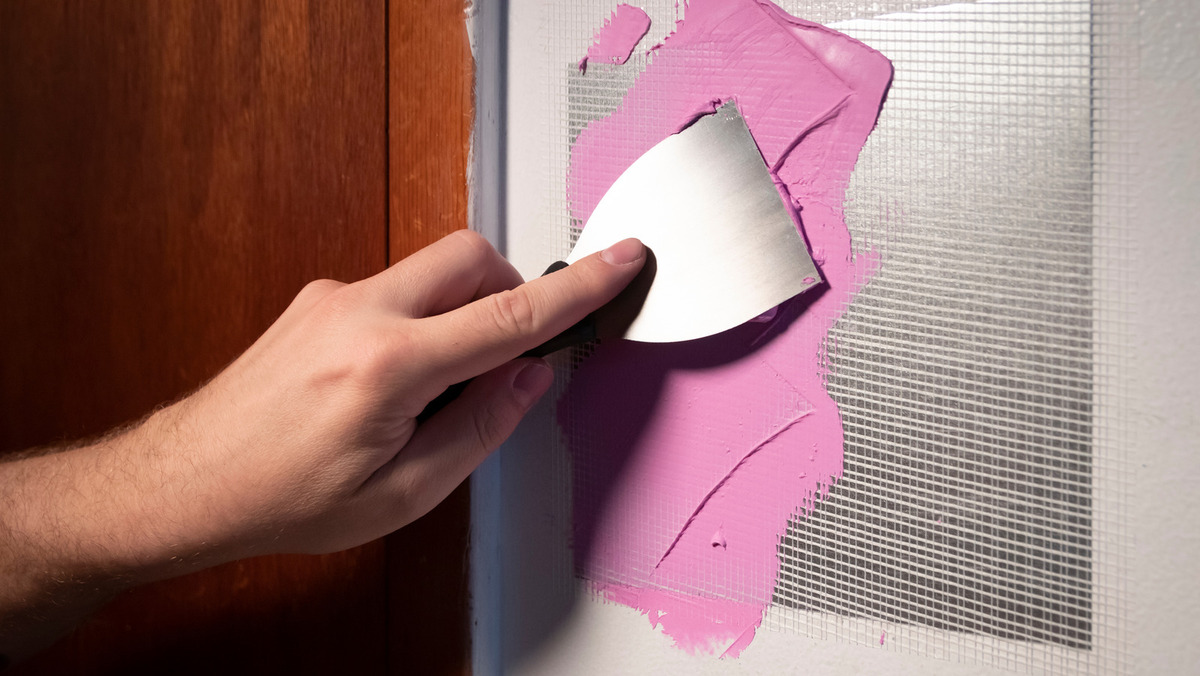


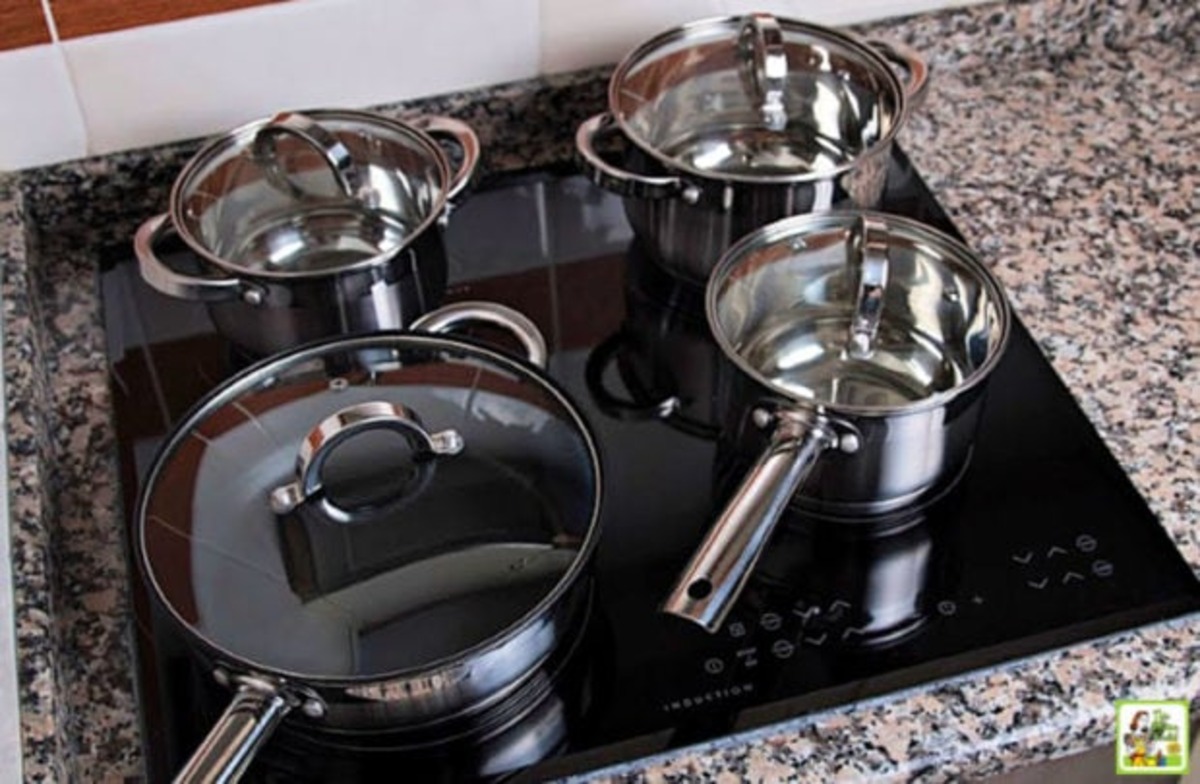
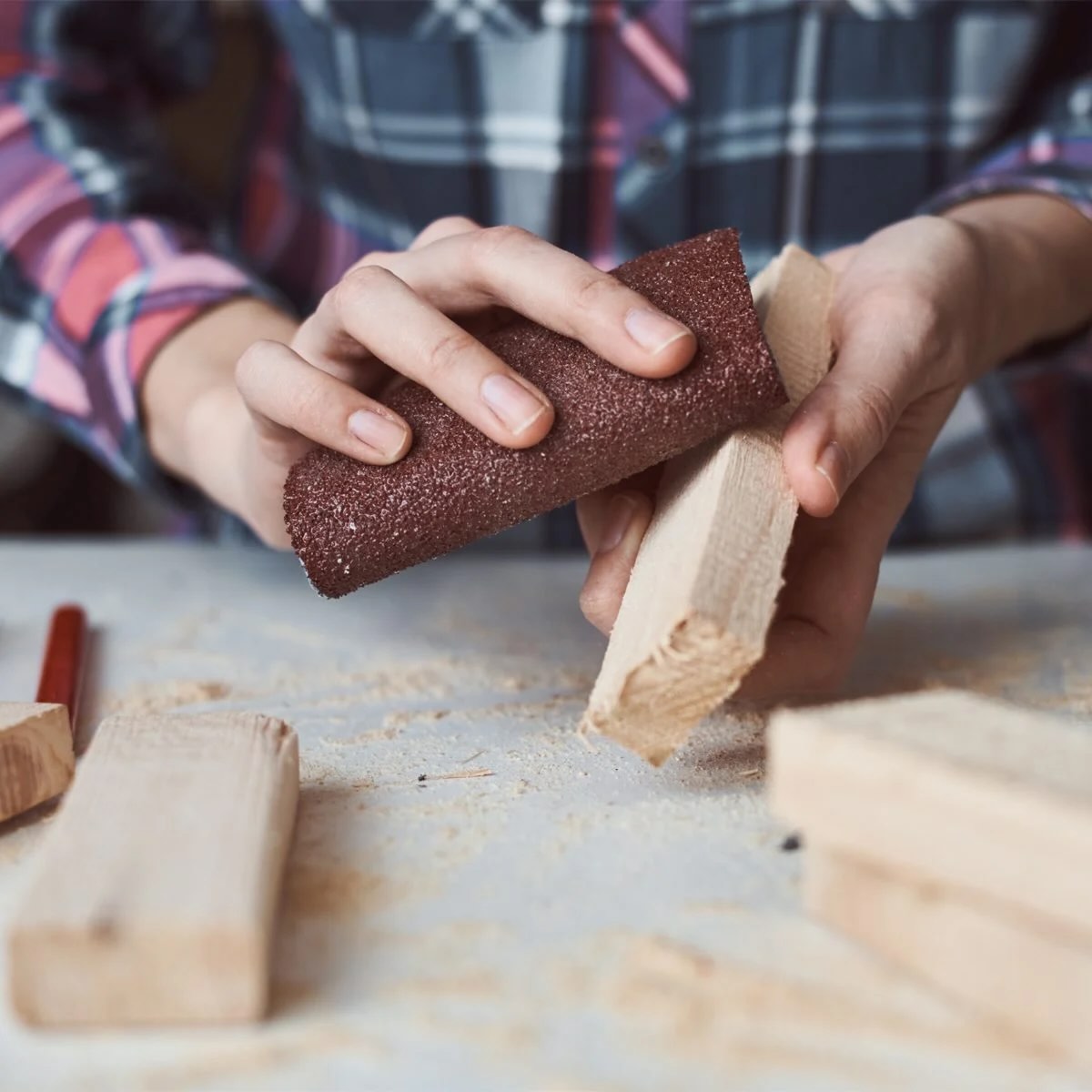
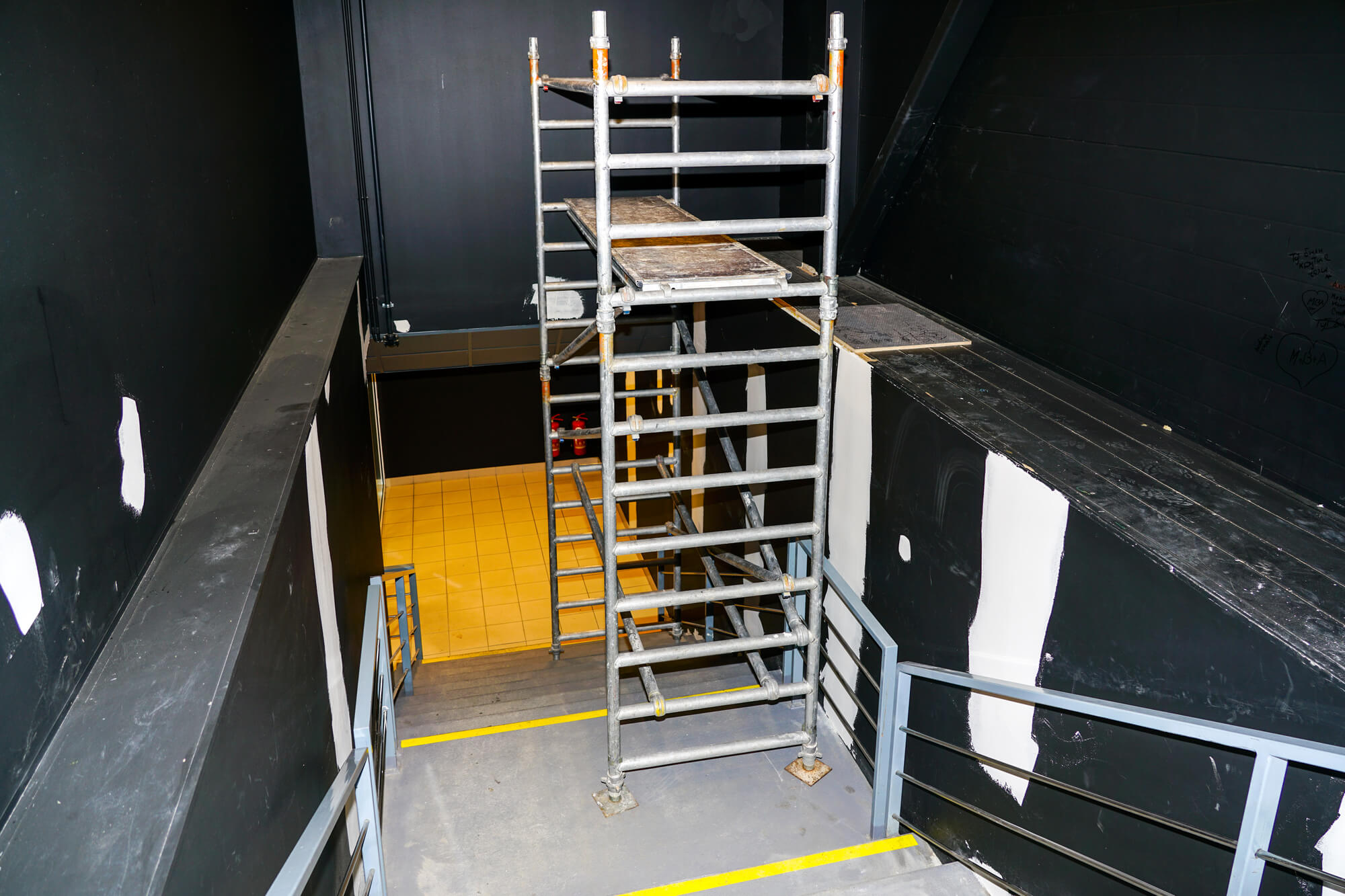
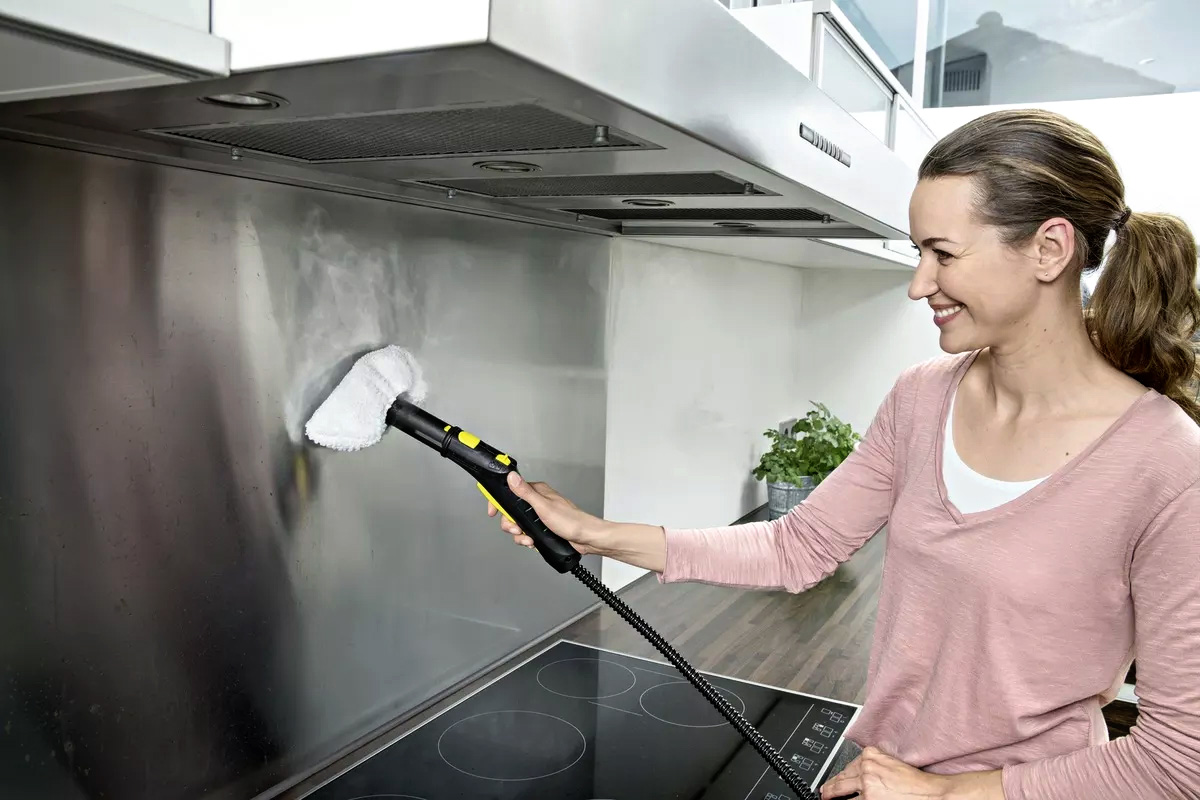
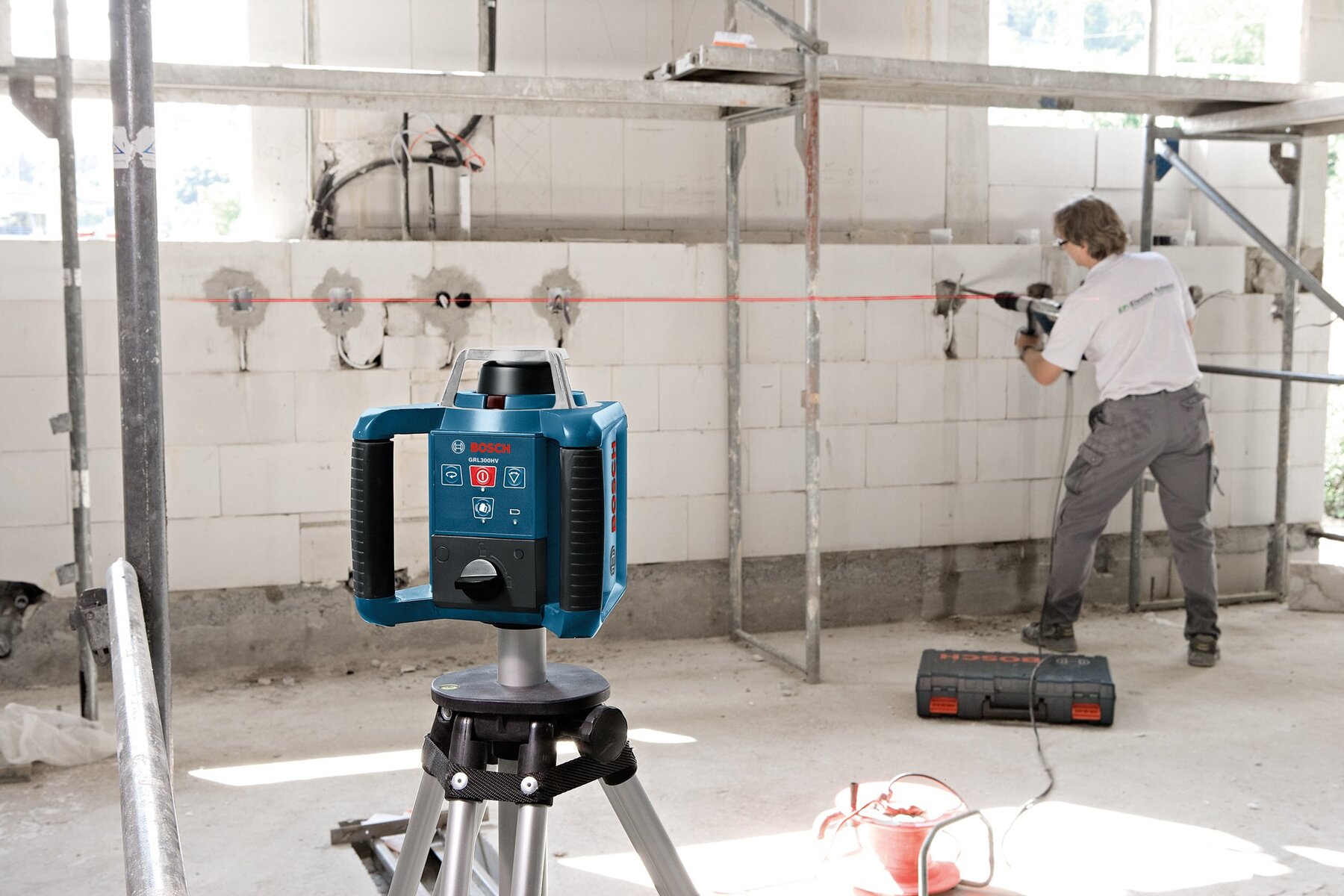
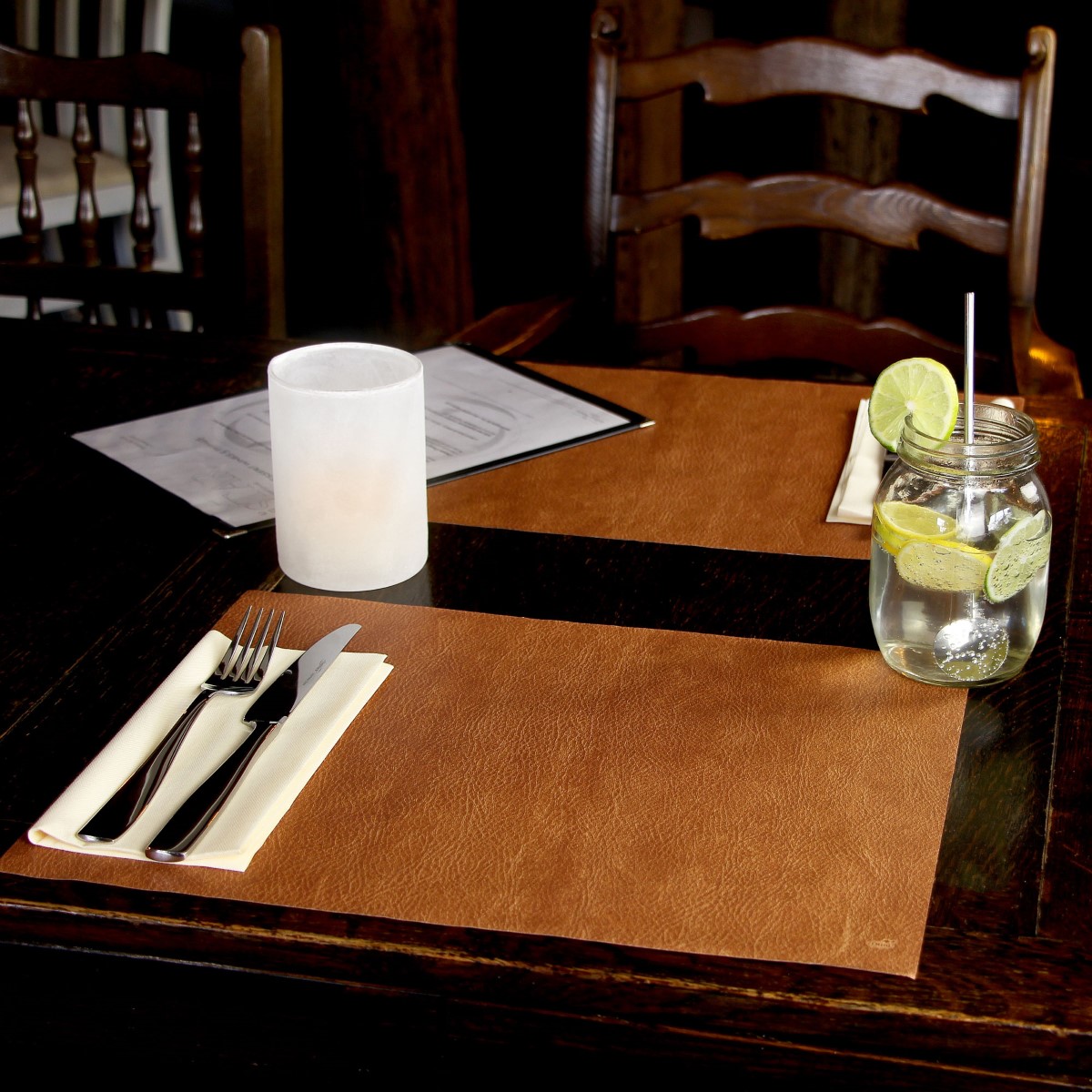

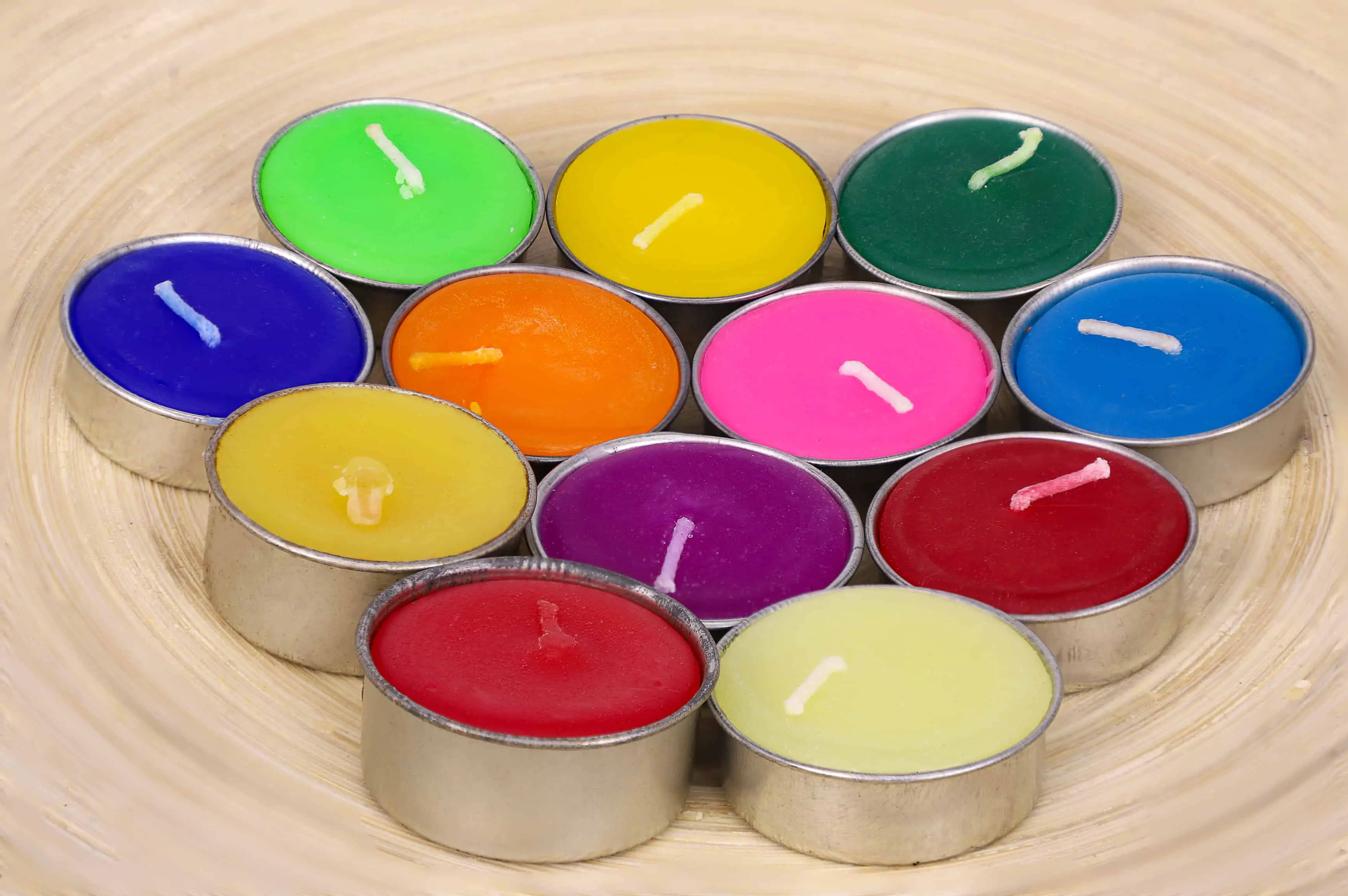

0 thoughts on “What Can I Use To Unclog A Toilet”